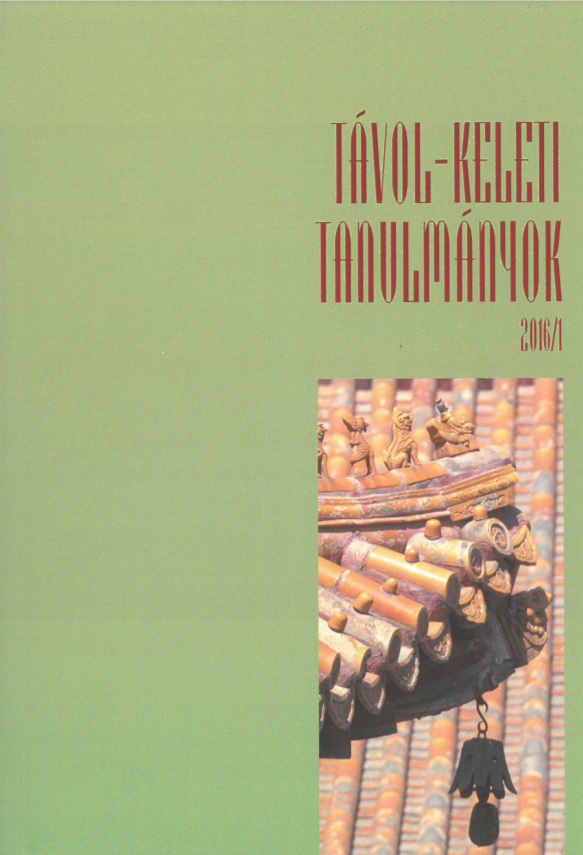A xiameni Gulangyu Közös Koncesszió története a 19–20. századi kínai–külföldi nyelvi és kulturális interakció tükrében
Megjelent 2017-03-01
Hogyan kell idézni
Copyright (c) 2017 a szerző(k)

This work is licensed under a Creative Commons Attribution-NonCommercial 4.0 International License.
Absztrakt
The aim of the present study is to introduce the history of the joint concession territory located on the island of Gulangyu 鼓浪屿 from the perspective of Sino-Foreign linguistic and cultural interaction. I also discuss the way in which it was related to the broader linguistic and cultural interaction processes of the South China Sea region between the First Opium War and World War II. Apart from the Shanghai International Settlement, the Gulangyu Joint Concession was the only jointly administered foreign concession area in the modern history of China. Although it was officially established in 1903, foreign presence was decisive in the island’s history since the First Opium War and the subsequent opening of Xiamen as a treaty port. Foreign missionaries arriving at Xiamen put much effort into translating Christian religious texts into the local Minnan (Hokkien) dialect and to create a transcription scheme for it, which led to the formation of the peh-oe-ji romanization method. This was in fact a continuation of a linguistic interaction process initiated on Southeast Asian colonies, as the first contacts between foreign missionaries and Hokkien-speaking overseas Chinese communities took place there. In the second half of the 19th century, Xiamen became a starting point of Chinese mass emigration to Southeast Asia, which in turn led to a large number of returning overseas Chinese in the early 20th century. The second part of the history of the Joint Concession, lasting from the first decades of the 20th century until its occupation by Japan, was characterized by the growing influence of returning overseas Chinese and their investment into the cultural and educational development of the island.
